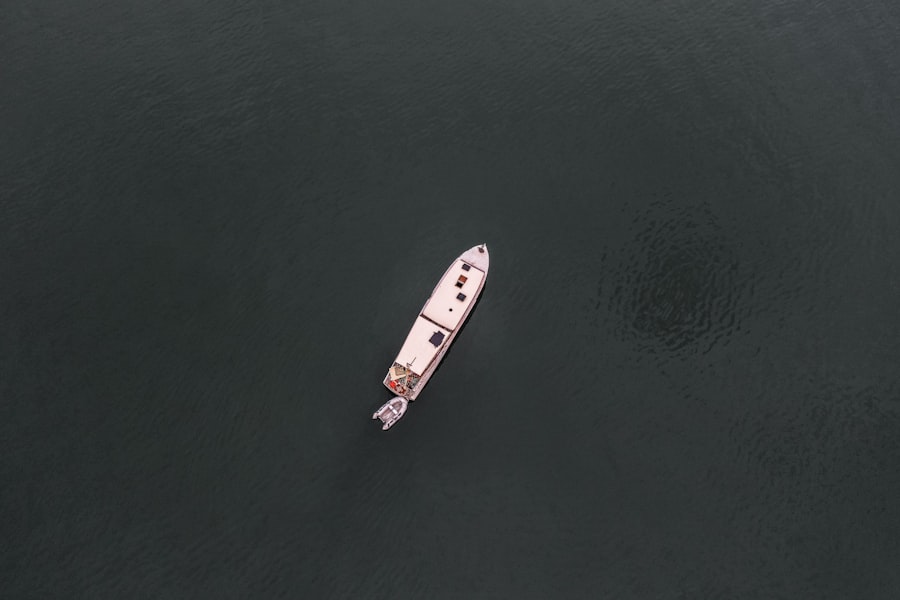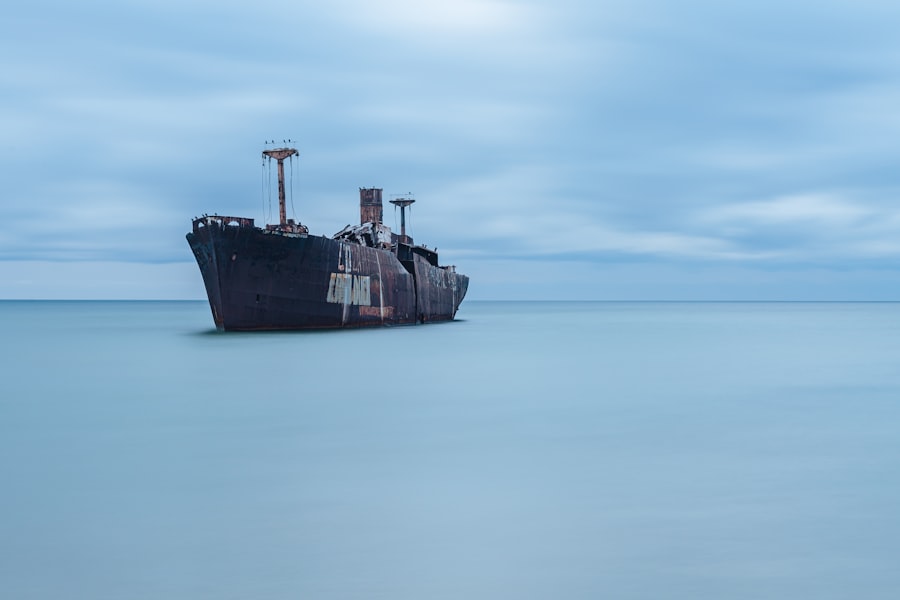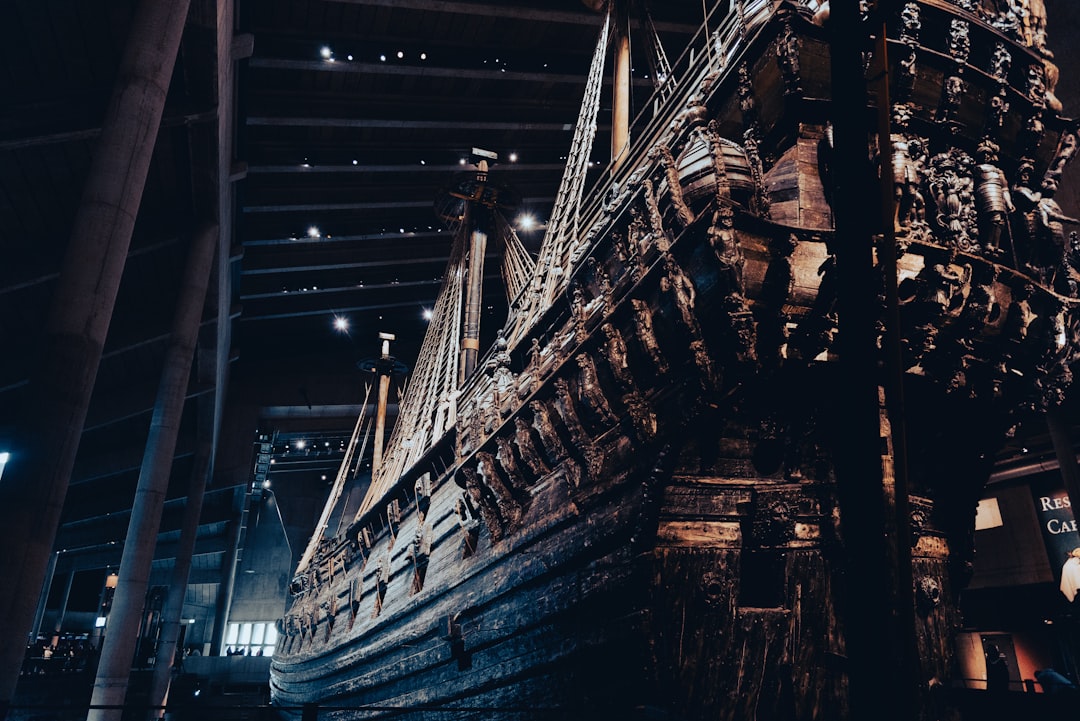The Drake Passage, a body of water that separates South America from Antarctica, is renowned for its tumultuous seas and unpredictable weather. Named after the English explorer Sir Francis Drake, who navigated these waters in the late 16th century, the passage has become a significant route for maritime travel, particularly for those venturing to the Antarctic region. Stretching approximately 600 kilometers (370 miles) at its widest point, the Drake Passage is not only a geographical marvel but also a gateway to one of the most remote and pristine environments on Earth.
This stretch of ocean is often characterized by its fierce currents and high waves, making it both a challenge and an adventure for sailors and travelers alike. The passage serves as a vital link for research expeditions, tourism, and commercial shipping, drawing adventurers eager to experience its raw beauty and formidable nature. As one of the most notorious maritime routes, the Drake Passage has earned a reputation that precedes it, captivating the imaginations of those who dream of traversing its waters.
Key Takeaways
- The Drake Passage is a treacherous body of water located between South America’s Cape Horn and the South Shetland Islands of Antarctica.
- The challenges of the Drake Passage include strong winds, rough seas, and unpredictable weather conditions, making it one of the most notorious waterways in the world.
- Proper preparation for a journey through the Drake Passage involves securing necessary gear, obtaining relevant travel insurance, and being mentally and physically prepared for the journey.
- Navigational techniques for the Drake Passage include using modern technology such as GPS, radar, and sonar, as well as relying on experienced crew members and their knowledge of the area.
- Weather and climate considerations in the Drake Passage are crucial, as the area is known for rapidly changing conditions and the potential for extreme cold and high winds.
Understanding the Challenges of the Drake Passage
Navigating the Drake Passage is not for the faint of heart. The waters are known for their rough conditions, with waves that can reach heights of up to 15 meters (49 feet) during storms. The confluence of the Atlantic and Pacific Oceans creates a unique environment where strong currents and winds collide, resulting in unpredictable weather patterns.
This turbulence can lead to seasickness among passengers and crew alike, making preparation and resilience essential for anyone embarking on this journey. Moreover, the passage is often subject to sudden changes in weather, with fog, rain, and snow appearing unexpectedly. These conditions can complicate navigation and increase the risks associated with sailing in such an environment.
Understanding these challenges is crucial for anyone planning to cross the Drake Passage, as it requires not only physical endurance but also mental fortitude to face the elements head-on.
Preparing for a Journey through the Drake Passage

Preparation is key when embarking on a journey through the Drake Passage. Travelers must equip themselves with appropriate clothing and gear to withstand the harsh conditions they may encounter. Layering is essential; thermal undergarments, waterproof outer layers, and sturdy footwear are recommended to keep warm and dry.
Additionally, packing seasickness remedies can be a lifesaver for those prone to motion sickness, as the unpredictable nature of the waters can lead to discomfort. Beyond physical preparation, mental readiness is equally important.
Understanding the significance of the passage and its historical context can enhance the experience, allowing passengers to appreciate the adventure they are undertaking. Engaging with fellow travelers and sharing stories can also foster camaraderie, making the journey through the Drake Passage not just a test of endurance but also an opportunity for connection.
Navigational Techniques for the Drake Passage
| Technique | Advantages | Disadvantages |
|---|---|---|
| GPS Navigation | Precise location tracking | Dependence on satellite signals |
| Dead Reckoning | Useful when GPS is unavailable | Relies on estimated speed and direction |
| Celestial Navigation | Traditional method | Requires clear sky and knowledge of celestial bodies |
Navigating the Drake Passage requires skill and expertise due to its challenging conditions. Experienced captains utilize advanced navigational techniques to ensure safe passage through these treacherous waters. Modern technology plays a crucial role in this process; GPS systems, radar, and sonar help mariners chart their course while monitoring potential hazards such as icebergs or shifting currents.
In addition to technological aids, traditional navigation methods remain relevant in this region. Knowledge of celestial navigation can be invaluable when electronic systems fail or when visibility is compromised by fog or storms. Skilled navigators often rely on their understanding of ocean currents and wind patterns to make informed decisions about their route, adjusting their course as necessary to avoid rough patches and ensure a smoother journey.
Weather and Climate Considerations
The weather in the Drake Passage is notoriously volatile, with conditions that can change rapidly within a matter of hours. Travelers must be prepared for a range of weather scenarios, from bright sunshine to fierce storms. The passage experiences strong winds that can reach gale force, contributing to its reputation as one of the roughest seas in the world.
Understanding these climatic factors is essential for anyone planning to cross this body of water. Seasonal variations also play a significant role in determining what travelers might experience during their journey. The summer months (November to March) generally offer milder conditions, making it a popular time for expeditions.
However, even during this period, storms can arise unexpectedly. Winter months bring harsher weather, with colder temperatures and increased likelihood of ice formation. Therefore, travelers should stay informed about current weather forecasts and be ready to adapt their plans accordingly.
Wildlife and Natural Wonders of the Drake Passage

Despite its challenging conditions, the Drake Passage is home to an array of wildlife and natural wonders that captivate those who venture through its waters. The nutrient-rich currents support diverse marine life, attracting various species of whales, seals, and seabirds. Travelers may have the opportunity to spot majestic humpback whales breaching the surface or playful dolphins riding the bow waves of their vessel.
In addition to marine life, the surrounding landscapes are breathtakingly beautiful. Icebergs drift majestically through the waters, their brilliant blue hues contrasting against the deep ocean blue. The rugged coastlines of Antarctica are dotted with towering cliffs and glaciers that create a stunning backdrop for any journey through the passage.
For many travelers, these encounters with nature serve as a reminder of the planet’s raw beauty and fragility.
Safety Protocols and Emergency Preparedness
Safety is paramount when navigating the Drake Passage due to its unpredictable nature. Vessels traversing these waters must adhere to strict safety protocols to ensure the well-being of passengers and crew. This includes conducting regular safety drills and ensuring that all safety equipment is readily accessible and in good working order.
Emergency preparedness is also crucial in this environment. Travelers should familiarize themselves with emergency procedures before setting sail, including evacuation routes and communication protocols in case of distress. Having a well-stocked first aid kit on board is essential, as well as ensuring that all passengers are aware of how to use it effectively.
By prioritizing safety and preparedness, travelers can mitigate risks associated with crossing this formidable passage.
The Role of the Crew in Navigating the Drake Passage
The crew plays an indispensable role in ensuring a safe and successful journey through the Drake Passage. Experienced mariners bring a wealth of knowledge about navigating these challenging waters, utilizing their skills to manage both routine operations and unexpected situations that may arise during transit. Their expertise in handling rough seas is vital for maintaining stability aboard the vessel.
In addition to navigation, crew members are responsible for passenger safety and comfort throughout the journey. They provide guidance on safety protocols, assist with seasickness remedies, and offer insights into the unique features of the passage. Their ability to create a supportive environment enhances the overall experience for travelers, allowing them to focus on enjoying the adventure rather than worrying about potential challenges.
Tips for Passengers on a Journey through the Drake Passage
For passengers embarking on a journey through the Drake Passage, there are several tips that can enhance their experience. First and foremost, staying informed about weather conditions is crucial; being aware of potential changes can help travelers prepare mentally and physically for what lies ahead. Additionally, maintaining an open mind and embracing spontaneity can lead to unexpected moments of joy during the voyage.
Engaging with fellow passengers can also enrich the experience; sharing stories and forming connections can create lasting memories amidst the challenges faced at sea. Taking advantage of onboard activities—such as lectures about wildlife or photography workshops—can provide valuable insights into the unique environment surrounding them. Ultimately, approaching this journey with curiosity and enthusiasm will transform it into an unforgettable adventure.
Historical Significance of the Drake Passage
The historical significance of the Drake Passage cannot be overstated. It has long been a critical route for explorers seeking new territories and trade routes since its discovery by European navigators in the 16th century. Sir Francis Drake’s expedition marked one of the first recorded crossings of this passage, paving the way for future exploration of Antarctica.
Throughout history, many notable figures have traversed these waters in pursuit of scientific discovery or adventure. The passage has served as a gateway for research expeditions aimed at understanding climate change and its impact on polar regions. Today, it continues to hold importance not only for maritime navigation but also for environmental research as scientists study its unique ecosystems and their responses to global changes.
The Thrill of Conquering the Drake Passage
Conquering the Drake Passage is an exhilarating experience that combines adventure with personal growth. The challenges posed by its turbulent waters serve as both a test of endurance and an opportunity for self-discovery.
The journey through the Drake Passage offers more than just a means of transportation; it provides an opportunity to connect with nature in its rawest form while fostering camaraderie among fellow adventurers. For those who dare to embrace its challenges, crossing this iconic passage becomes a cherished memory—a testament to their spirit of exploration and resilience in facing one of nature’s most formidable frontiers.
The Drake Passage is a notorious stretch of water that challenges even the most seasoned sailors with its unpredictable weather and turbulent seas. For those interested in learning more about the geographical and historical significance of this treacherous route, an insightful article can be found on MyGeoQuest. This article delves into the unique characteristics of the Drake Passage and its role in maritime navigation. To explore this topic further, you can read the related article on the MyGeoQuest website by following this link.
WATCH HERE: Drake Passage: Earth’s Deadliest Waters Revealed
FAQs
What is the Drake Passage?
The Drake Passage is the body of water between the southern tip of South America and the northern tip of the Antarctic Peninsula. It is known for its rough seas and challenging sailing conditions.
What is a Drake Passage ship?
A Drake Passage ship is a vessel specifically designed to navigate the challenging waters of the Drake Passage. These ships are often equipped with reinforced hulls and advanced stabilization systems to provide a smoother sailing experience for passengers.
What are the typical features of a Drake Passage ship?
Drake Passage ships typically feature comfortable accommodations, dining facilities, observation decks, and expedition staff. They may also offer amenities such as lecture halls, libraries, and outdoor viewing platforms to enhance the passenger experience.
What are the main reasons for traveling on a Drake Passage ship?
Traveling on a Drake Passage ship offers the opportunity to explore the remote and pristine wilderness of Antarctica and the surrounding islands. Passengers can experience close encounters with wildlife, breathtaking landscapes, and unique ecosystems while enjoying the comfort and safety of a well-equipped vessel.
What should I consider when choosing a Drake Passage ship for my journey?
When choosing a Drake Passage ship, it is important to consider factors such as the ship’s size, amenities, expedition staff expertise, itinerary, and overall comfort and safety features. It is also advisable to research the reputation and track record of the cruise line or tour operator.
